When I was researching the book Own It: Redefining Responsibility – Stories of Power, Purpose & Freedom, I had the opportunity to interviews CEOs, leaders and business owners about their cutting edge and innovative strategies to attract, retain and fully engage top talent.
You would have to be living under a rock these days not to know that employee engagement ranks consistently as one of the top three issues keeping leaders up at night. They know and understand to succeed in this new economy you need top talent, and finding it , keeping it and engaging it is to say the least a challenge.
I see and have experienced leaders using innovative approaches to how to engage today’s best and brightest. Ideas for new onboarding programs, creative approaches to career development and training, and mentorship and coaching programs. All in an effort to better connect, understand and ultimately engage top talent.
While all of those strategies are great, at the end of the day more often the not they fall short. They fall short, that is, if you fail to engage the most critical of employee engagement strategies. In today’s economy, at a time when we need our employees to be more engaged than ever, ironically we are suffering from the most disengaged workforce in history.
To date, Gallup reports that more than seventy-percent of today’s workforce admits to be checked out, disinterested and completely disengaged. And as leaders, we are both aware of the problem and spending limited resources to the tune of $750 million dollars trying to solve the problem. Yet Gallup reports that if something does not change, if we, as leaders, do not do something different that seventy percent will rise to more than eighty-four percent. So I would say, “Houston we have a problem.” Something is missing and it is time for a different approach.
To tackle one of today’s toughest challenges of fully engaging employees you need to understand and then implement the most critical of employee engagement strategies. Before I share the strategy, I want to share how I discovered it. I was interviewing a CEO of a large organization (more than 600 employees) about both his focus and his challenge as it relates to employee engagement.
He shared that he had made this is top priority since becoming CEO, as he understood that the only way the company could grow efficiently and effectively was to attract, retain and fully engage top talent. And while they had made great strides in the programs they added, the rewards and incentives they offered, as well as their recruitment strategies he said they still were not hitting the numbers they wanted to hit. Still not getting the engagement they so desperately wanted.
Now part of his process, was to get feedback from his employees, so on a quarterly basis he set up town halls, focus groups and one-on-ones. In one session he asked the employees what was missing, what was not working when it came to their efforts to fully engage their employees. And what he learned was that while all of the programs they have invested in such as flex time, training programs and educational sabbaticals were great, and were actually what had originally attracted these employees to the company.
However, the very fact that senior management never took advantage or ever used these programs sent a strong message to all employees, and unfortunately it was the wrong message. The message was that while these programs may be part of the package, if they as employees actually use these programs they will never be able to move up the ladder
See as leaders what we do as so much more power than what we say. The most critical of employee engagement strategies is that Actions Speak Louder Than Words. What you say you want and value as a leader, needs to be reflected, repeated and consistent in your actions. As leaders, they knew that to attract, retain and
- Listen & Learn
- Actions Speak Louder Than Words
- Walk Your Talk



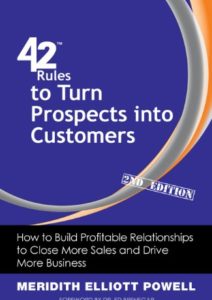
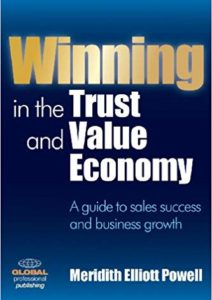
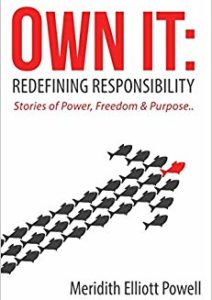
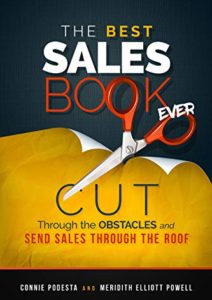
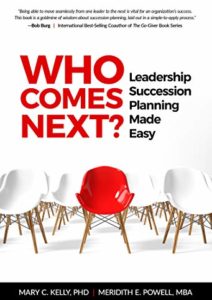








Comments